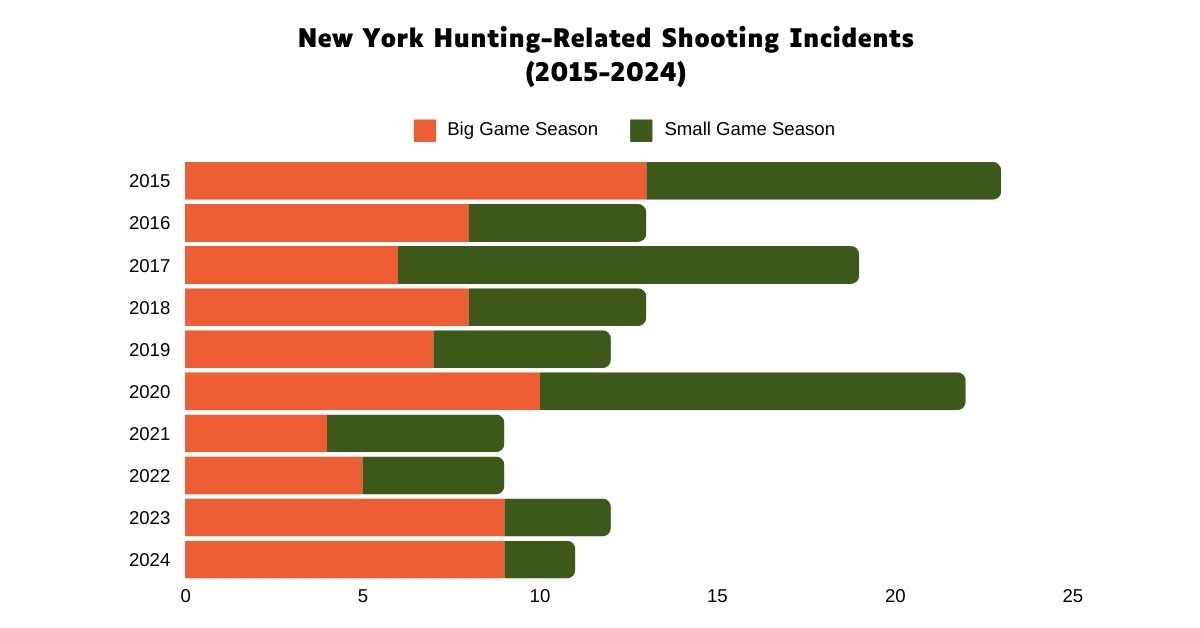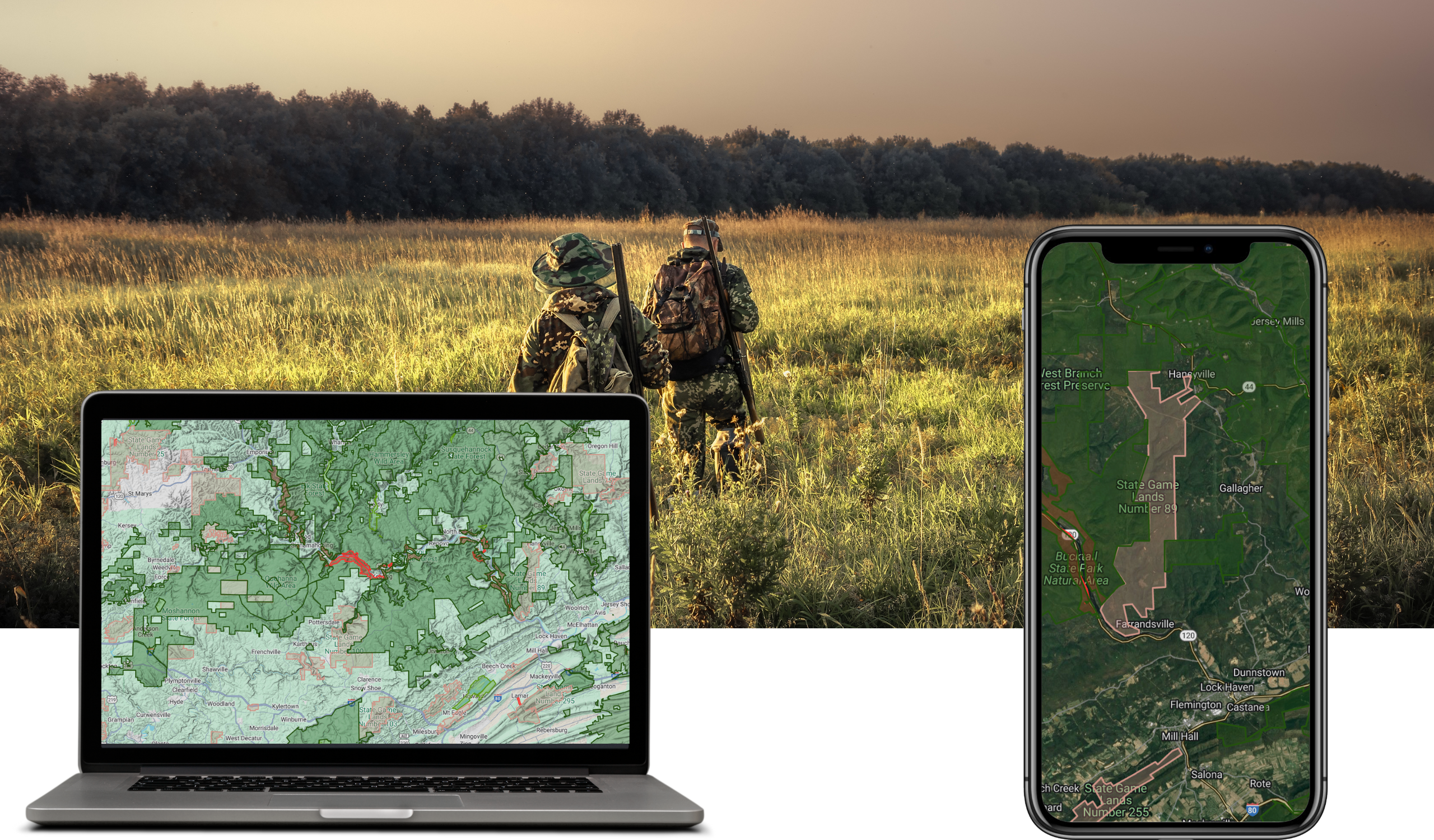The New York State Department of Environmental Conservation (DEC) recently released its annual report on hunting-related shooting incidents (HRSIs) and elevated hunting incidents (EHIs), highlighting another year of safe hunting across the state. The 2024-25 season marked the second-safest on record, with only 11 reported HRSIs, a far cry from the 166 incidents recorded in 1966. This decline is a testament to the effectiveness of hunter education, evolving safety regulations, and the commitment of New York’s hunting community to responsible practices.
While these statistics reflect positively on the state of hunting safety, they also serve as a reminder that every incident is preventable. Whether hunting on public or private land, awareness of other hunters and proper safety measures remain crucial. At , we emphasize the importance of understanding hunting regulations, locating public hunting lands, and staying informed about seasonal changes—all factors that contribute to a safe and successful hunt.
Public Land Hunting and Awareness of Other Hunters
For many hunters, public lands offer prime opportunities to pursue game. However, increased access also means increased responsibility. Unlike private property where hunter density is often controlled, public lands see multiple hunters navigating the same spaces, sometimes unknowingly crossing paths. Here’s how public land hunters can contribute to making the next hunting season even safer:
- Know the Area and Regulations – Many public lands have specific safety zones, access points, and weapon restrictions. Use mapping tools, such as Hunterizer, to familiarize yourself with designated hunting areas and understand where other hunters are likely to be.
- Wear Hunter Orange or Pink – Visibility is key, especially in high-traffic hunting zones. Safety reports consistently emphasize that many hunting incidents could have been avoided by wearing bright, identifiable clothing. Learn more about hunter safety gear.
- Be Aware of Your Surroundings – Always be mindful of other hunters. Before taking a shot, ensure you clearly identify your target and what lies beyond it. For hunting safety resources, check out National Shooting Sports Foundation (NSSF).
- Communicate and Plan – If hunting with a group, establish clear boundaries and check-in procedures to prevent accidental encounters in thick cover.

Elevated Stand Safety: A Leading Cause of Hunting Incidents
Tree stand safety remains a concern, with reports consistently documenting incidents where hunters fail to wear or properly secure a full-body harness. Most of these accidents are entirely preventable by following the “ABCs” of tree stand safety:
- Always inspect tree stands before use.
- Buckle your full-body harness securely.
- Connect to the tree before leaving the ground and remain connected until descent.
Hunters should also notify others of their stand location and expected return time, carry emergency equipment, and use a haul line to bring their firearm or crossbow into the stand safely.
For more information on hunting safety statistics and elevated stand safety, visit the DEC Hunting Safety Statistics page.
Youth Hunting Programs: The Next Generation of Safe Hunters
Youth hunting programs across the country continue to foster a strong culture of safety. Many states have implemented supervised youth hunting initiatives similar to New York’s Youth Deer Hunting Pilot Program, allowing young hunters to gain experience under the guidance of seasoned mentors. Encouraging young hunters to prioritize safety early ensures that future generations continue the trend of decreasing hunting-related incidents.
Looking Ahead: Making Hunting Safer Everywhere
With hunter safety education, regulation compliance, and tools like Hunterizer, helping hunters stay informed and aware, hunting seasons across the country are becoming safer than ever. However, there is always room for improvement. As hunters, we must remain vigilant, prepared, and respectful of others in the field—especially on public lands where multiple hunters may be present.
By combining education, technology, and responsible hunting practices, we can ensure that hunting remains not only a treasured tradition but also a safe and accessible activity for all. Whether you’re in the woods, on a stand, or teaching a young hunter, remember that every action you take contributes to making hunting a safe and enjoyable experience for everyone.
